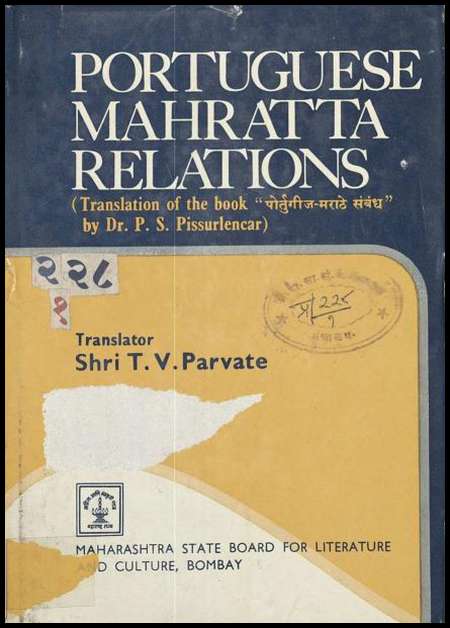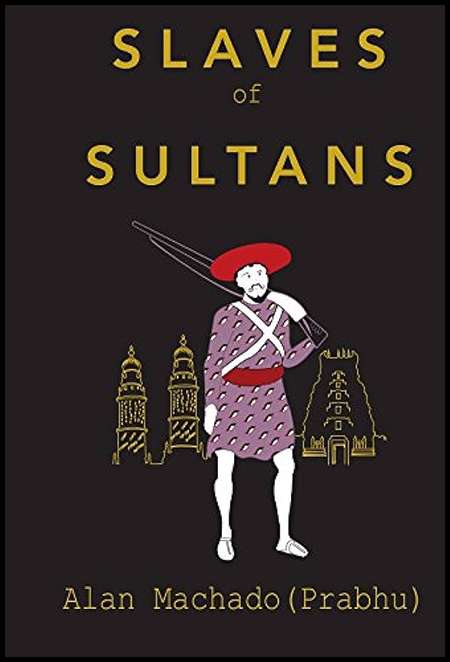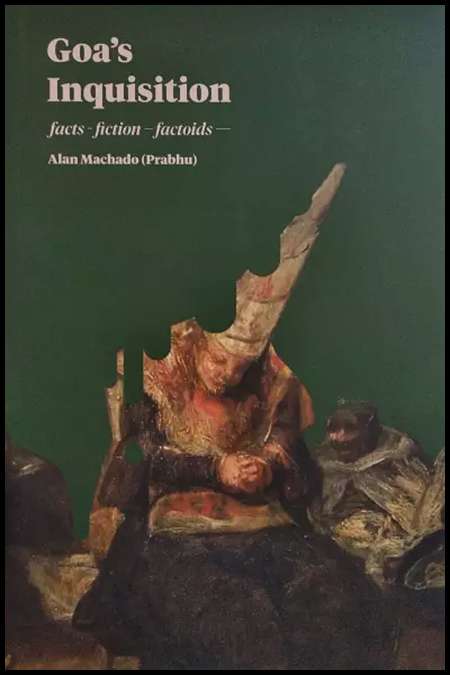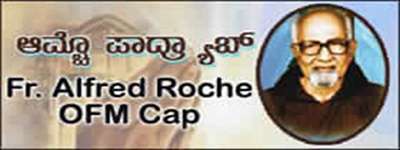Mandd Sobhann productions’ “Øsmitay” is the latest portrayal of a wide array of events and cultural traits of the Konkani people who inhabit the Konkani coast, right from Ratnagiri in Maharashtra to Cochin in Kerala. The display of subaltern Konkani groups like the Siddis, Kharvis, Kudumbis/Kunbis, and Navayats is fascinating and helps the viewer to appreciate Konkani culture in a more composite way. Kudos to Bab Eric Ozario and his team of Mandd Sobhann.

While the movie title claims to depict the Konkani identity, the subtitle – ‘in search for a Konkani identity’ misleads the viewer since it deals primarily with the Kanara Konkani Catholics with a few snippets from other Konkani communities. Further, the names Baltu Pai, Albuquerque Pai, Peres Bhat suggest it to be an upper caste Catholic project. Attributing the origin of Konkani peoples, language and traditions to the banks of river Saraswati is questionable as modern scientific, genetic, linguistic and related research offer different explanations.
A few scenes and events portrayed in the movie are not only misleading but are also historically and sociologically inaccurate. Mangalorean Catholics of the upper castes, namely Bamons and Chardos, like their Konkani Saraswat brethren have always preferred the colonization-conversion-destruction-migration narrative to showcase their identity aka øsmitay. The movie is a pictorial representation of the same. Historians like Pius Fidelis Pinto, Kranti Farias, V. K. Kudva have often used this narrative to fit in their historical findings on the Konkani people. Migration, due to Inquisition and the captivity under Tipu Sultan tops the list. They convert a complex history into a simple, tired narrative by citing religion as the main factor which led to displacement of the Konkani people from their original homeland, Goa. The continuing unravelling of this complex history based on the study of evidence-based research methodology, and not reliance on tradition oral narratives, suggests that upper caste groups, irrespective of their religious affiliations, have always aligned themselves with dominant powers, domestic and foreign, to further their own interests, for trade and commerce, and to maintain their dominant status in caste-based hierarchy intact.

What are the historical inaccuracies in the movie which need rectification? Which are those events that are ignored and what are its sources? The distinguished Goan historian Panduraga Pissurlencar, who worked for the Goan Archives, offers us a glimpse in his books “Portuguese Marhatta relations” and “Agentes da Diplomacia Portuguesa Na India – Hindus, Muculmanos, Judeus E Parses”. They vividly document historical events which are often ignored by the general public. Moreover, the P. Hd dissertations of Urmila Patil on the origin of the Saraswat identity, and Parag Porbo on caste, the findings of Alan Machado (Prabhu) in the Goa’s Inquisition: Facts, fiction, factoids and Slaves of Sultans are some invaluable reference sources for relating to the history of the Konkani people.

Any historical narrative of the Portuguese era in Goa that does not talk of the collaborative role played by leading Hindus, in fact at that time there were no Goan Christians, in helping Albuquerque capture Tiswadi, falls short of the truth. Mhal Pai, sardesai of Verna and Timmaya Naik, a Vijayanagar subject stationed at Honnavar, were instrumental in this episode. This collaboration continued throughout the Portuguese presence in Goa. As early as 1540, Krishna Sinai (Shenoy) was sent to Lisbon, where he was knighted for his invaluable support to the Portuguese in many ways. Goan Brahmans served the Portuguese administration as diplomats, translators, ambassadors, tax-collectors (responsible for a reported 80% of the taxes collected), traders and merchant, money lenders, and other ways vital to sustain a regime. They even had working relations with the Inquisition; the entire ground floor of the Inquisition’s headquarters in Goa was rented to them to carry out their business. The portrayal of the execution of Laxman Shirodi Pai is historically false. We have about 12,000 case histories of those judged by the Inquisition. There is not one Hindu who was burnt at the stake.

A most serious falsification by the film is citing religious conversions as the cause of migration, and the Inquisition as an instrument of conversion. The Inquisition’s role in Goa is clearly documented in Machado’s Goa’s Inquisition. It had no role whatsoever in conversions. It’s role was to ensure converts did not deviate from Christianity, and to isolate them to the extent possible from non-Christian religious practices. A majority of the punishments meted out by it are spiritual in nature, including religious instruction. Available statistics for the period 1650-1806 ACE reveal 8,250 persons were sentenced by the Inquisition. Of these, there were 94 executions, no Hindus. Such statistics show that the image of a harsh Inquisition many of us have needs a serious review.
Similarly, the image of religious bigotry of the Portuguese regime in Goa gets diluted when viewed in the context of the acquisition of the provinces beyond Bardes, Tiswadi, and Salcette (the Old Conquests) from 1763 to 1788 ACE. The New Conquests areas comprising territories ruled by the Sawant (a vassal of the Maratha empire) and the Saundekar king (a vassal of the Wodeyar dynasty) were practically gifted to the Portuguese, with the latter taking residence in Goa and accepting an annual remittance from the Portuguese king. He and his dynasty have remained Hindu since then. Does that suggest religious persecution? Interestingly, the transfer of these territories took place while the Inquisition was still active in Goa. Moreover, it is only in Goa that the Temple Regulations (Regulamento das Mazans) which were composed by the Brahmins and approved by the Portuguese are still followed. How is it that the persecuted sought the help of the persecutors to frame such laws? Portuguese rule did change the temple-centred economy, encouraged conversions to Christianity, but kept the caste system intact. In a way, we would be right in saying that all Goans took the road to conversion to varying distances during the Portuguese presence in Goa: in diet (potatoes, tomatoes, chillies, etc.), attire (pants, shirts), siting on chairs and at tables, etc. Christians went one step further in adopting a new religion. But they did not give up caste and many traditional cultural and ritual practices. This is where the Inquisition focused on. In sentencing penitents, inquisitors were instructed to be lenient towards them in order not to drive them away. The sentences imposed on them confirm this. I have been assured that this database will be made available to all to access online in the next few months.

The database should dispel all misconceptions about the Inquisition being responsible for the en masse migration of Konkani Catholics from Goa to the Kanara coast. Machado shows with statistics that there is no correlation between the timing of these migrations and the Inquisition’s activities. In fact, during the main period of migration from Goa, around 1684 to 1739 ACE, the Inquisition’s focus was mainly on the Estado da India’s Province of the North, a stretch of coastal land stretching from Daman to Mumbai. During this period, emigrations were mainly from Bardes which was then undergoing great agricultural and economic stress, and political instability due to repeated militarily incursions by the Sawants and Bhosle Maratha chiefs. The government responded by increasing taxation to build fortified defences, and taking young men who would otherwise be working in the fields to build and man them. The result was, Bardes produced food that could feed its people for only four months in a year. Economic crisis, not religious persecution, was the cause of migrations to Kanara. This was also followed by plagues and famines which hit Goa from time to time.
The other subaltern castes also followed them. A typical case is that of the Kudumbi (Kunbi) community in the Kerala region who continued to serve their Brahmin masters even today or the Sonar-Shet community (Daivajna Brahmins now) who were summoned by temple authorities in Kanara to adorn their deities. The later claimed a Brahmanical status as well. Why would Catholics cross borders, that too river Kali (Cuncolim being the border, not Karwar), and enter a predominantly Hindu territory to escape the Portuguese? Or why would Brahmins of Goa migrate to the Mangalore and Cochin port cities which still had a Portuguese influence to flee religious persecution? As a matter of fact, the Konkani settlement at Cochin is just outside the Cochin Fort, a fort which was once under the Portuguese. The nomenclature GSB (Gauda Saraswat Brahmin) is a recent development of the 20th century. And hence, to call all such Konkani Brahmins, including Catholics Brahmins as descendants of GSBs would be erroneous as well. However, efforts to state that both Konkani Catholics (atleast a handful) and Konkani Saraswats share a common ancestry, which is attested even in recent DNA findings needs to be appreciated. But a Mangalorean Catholic being an owner of a large plot of land in Goa, whose ancestors were GSBs, would be highly impossible. Since, the communidade or gauncaris hold the land.
Movies could be a good source of entertainment, as well as learning if based on proper research. However, care should be taken not to distort history in their production. It can open possibilities for vested interests for using them in motivated and targeted campaigns, especially as elections draw near. Otherwise, the movie is a must watch for all Konkani people. Well done Mandd Sobhann.
■ Jason Pinto, Udyavar



11 comments
A detailed article with lot of facts quoted – Some facts quoted about inquisition and migration are in contract of the general narrative. Movies based on historical events always have this challenge. Now I too am looking forward to see the movie at the first available opportunity.
ಸಂಶೋಧನಾತ್ಮಾಕ್ ವಿಮರ್ಸೊ ಬೊರೊ ಆಸಾ.
ಧನ್ಯವಾದ್.
Dear Sir your article has legs to stand the testing waters, but calling Kranti Fara8s, Pius Fidelis Pinto, V K Kudva, Allan Machado Prabhu as Historians is wrong. i stand by my words because i have read their works. Historians with regard to South Canara are Padoor Gururaj Bhat, K V Ramesh, Ganapati Bhat Igal, Keshavan Veluthat, B Surendra Rao, Francis Buchanan, K G Vasanta Madhava, Pubdikai Ganapaiah Bhat, Denis Fernandes etc
Scholars who are to be treated as authorities about Konkani are Dr William Madtha,S M Katre, Olivinho Gomes, etc
I very much agree with you. But look at the context in which I have mentioned K. Farais, Pius Pinto and V. Kudva…. there doesn’t seem any pioneering or primary source references in their books, unlike Urmila Patil and Parag Porbo. The other historians are already referred to in my previous Konkani articles. With regard to the Konkani language I have refrained from making any comments here and dedicated an entire article which will come shortly on Kittall. Alan Machado needs a special mention because he has gone through the Inquisition archives as well as case trials and presented it in a book already (this is already available online in English and Portuguese). The other person to do so is Dale Menezes who is still perceiving his doctoral thesis in the States.
I think it’s also essential to stop this upper caste glorification point of view and see the migrations, etc as attempts of working people fighting ruling class wars and focus on possible peasant rebellions, etc.
Glad to see that Osmitay movie has sparked a debate on the exodus of Konkani speaking people from Goa to coastal Karnataka. The efforts put by the movie makers are definitely appreciable. Videography, songs and the performance of many artists etc. are worth commending. But when it comes to the historical aspect, the facts presented in the movie are questionable. Happy to see that the author here has shed light on the issue, refering the scientifically researched evidences. This series must go on. Otherwise there is a risk of portraying false information as true. Let us appreciate the hard work behind the movie. In the meantime, let us agree to disagree with what is wrongly projected. It is high time we present our facts on scientifically based researches rather than emotions.
I wish to see the days when “Osmitay Part -2”, with all right facts presented by you all.
I am not a historian, and I am not in a position to comment. The film may be I’m the genre of a historical novel.
Nice artical…
Thanks for supporting Konkani Movies
I am not a historian, but I accept a historical statement only when it is documented.
Very valid points. These concerns have been on some of our minds, who have been trying to approach the history of Kanara Catholics from a class based and subaltern perspective.